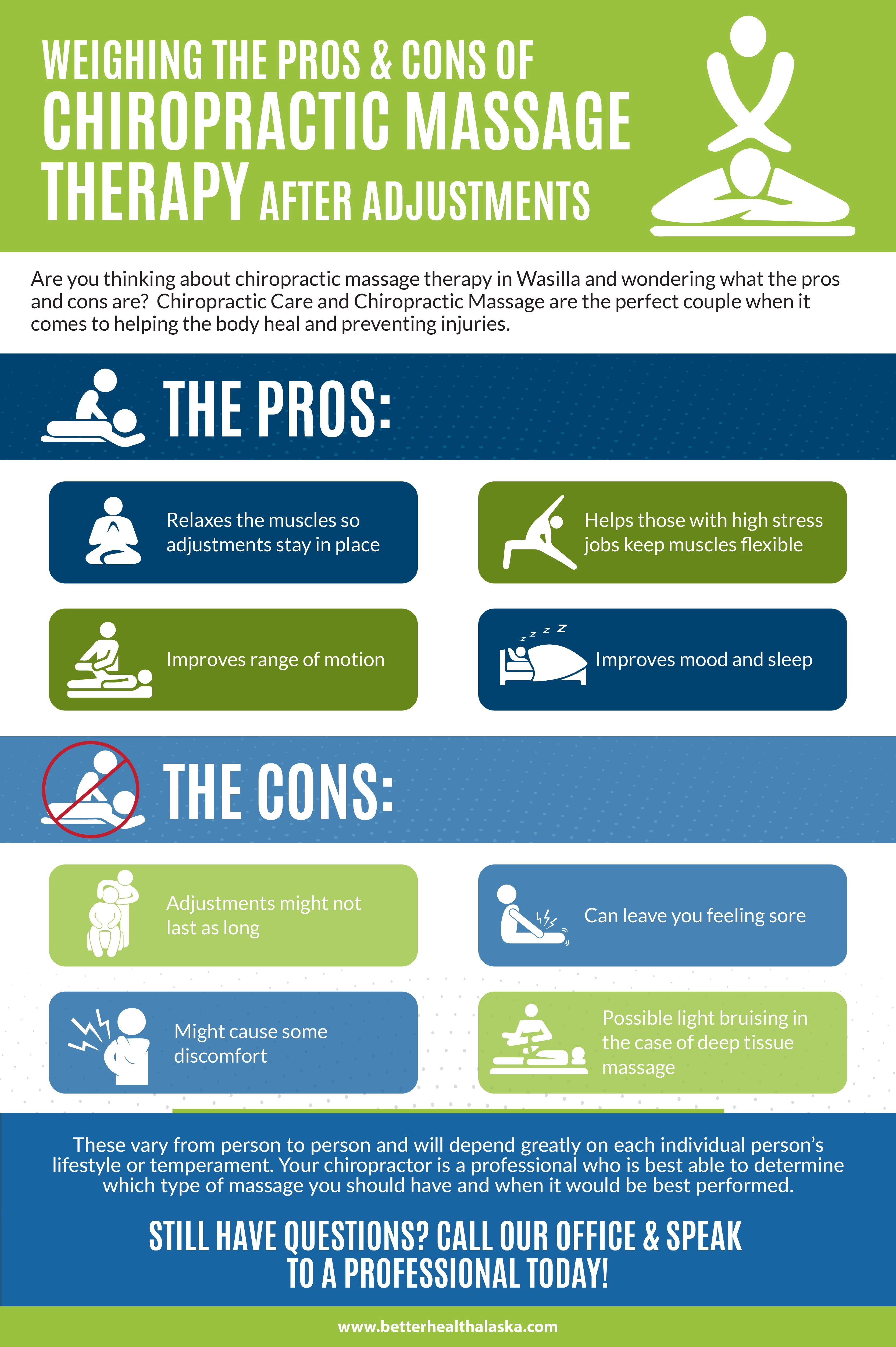Comprehending Cold Laser Treatment For Pain Monitoring: Separating Misconceptions From Fact And Checking Out Advantages
Comprehending Cold Laser Treatment For Pain Monitoring: Separating Misconceptions From Fact And Checking Out Advantages
Blog Article
Composed By-
If you have actually been battling with persistent discomfort, you may have heard of cold laser treatment. It is essential to different truth from fiction before considering this treatment. Many people still believe numerous misconceptions surrounding its effectiveness. Comprehending https://www.prnewswire.com/news-releases/global-laser-therapy-devices-billion-dollar-market-thriving-on-growing-demand-301639922.html behind cold laser therapy can clarify its prospective advantages for discomfort monitoring. So, what does the research study actually claim, and how might this treatment change your approach to relief?
Common Myths Concerning Cold Laser Therapy
What do you really know about cold laser treatment? You might think it's simply a craze or that it hurts, however that's much from the fact.
Numerous think it's just reliable for minor concerns, while it can in fact aid a range of problems. Some think it's the same as traditional laser treatments, yet cold laser treatment uses low-level light and does not create heat, making it non-invasive and pain-free.
You might likewise hear that it's just for certain age, but individuals of all ages can profit. Last but not least, there's a misconception that it's uncontrolled, when in reality, many professionals comply with rigorous guidelines.
Recognizing these misconceptions can assist you make an informed choice concerning exploring cold laser therapy for your discomfort relief.
Scientific Evidence Sustaining Cold Laser Therapy
Several misunderstandings about cold laser therapy can cloud its efficiency, however a growing body of scientific evidence supports its usage for pain relief.
laser smoking therapy have actually revealed that low-level laser treatment can reduce inflammation, advertise tissue healing, and reduce pain in conditions like joint inflammation, tendinitis, and neck and back pain.
Study released in credible journals highlights how cold laser therapy promotes cellular procedures, boosting blood circulation and increasing recuperation.
Professional tests consistently demonstrate considerable renovations hurting levels and mobility for individuals undergoing this therapy.
You may locate it comforting that companies like the FDA support particular cold laser devices, even more verifying their restorative possibility.
As even more professionals embrace this technology, the proof remains to place, making it a feasible option for pain management.
Perks of Cold Laser Treatment for Discomfort Management
As you check out pain management alternatives, cold laser therapy stands apart for its many benefits.
Initially, it's non-invasive, implying you won't need to worry about surgery or lengthy recuperation times. This treatment stimulates recovery at the mobile level, reducing inflammation and pain successfully. You'll likely experience quick relief without the side effects frequently associated with drugs.
Additionally, cold laser therapy promotes boosted blood circulation, boosting oxygen delivery and nutrient absorption in the damaged location. This can result in faster recovery from injuries.
Lots of individuals report boosted mobility and function, permitting you to return to everyday activities sooner. Generally, cold laser treatment supplies a risk-free, efficient alternative for handling pain and accelerating recovery.
Final thought
In conclusion, cold laser therapy isn't simply a passing pattern; it's a proven, reliable alternative for handling pain and advertising healing. By unmasking common misconceptions and highlighting clinical assistance, you can see how this non-invasive therapy can enhance your mobility and overall quality of life. If you're trying to find a secure choice to conventional pain relief approaches, consider discovering cold laser therapy-- it could be the solution you've been looking for.
